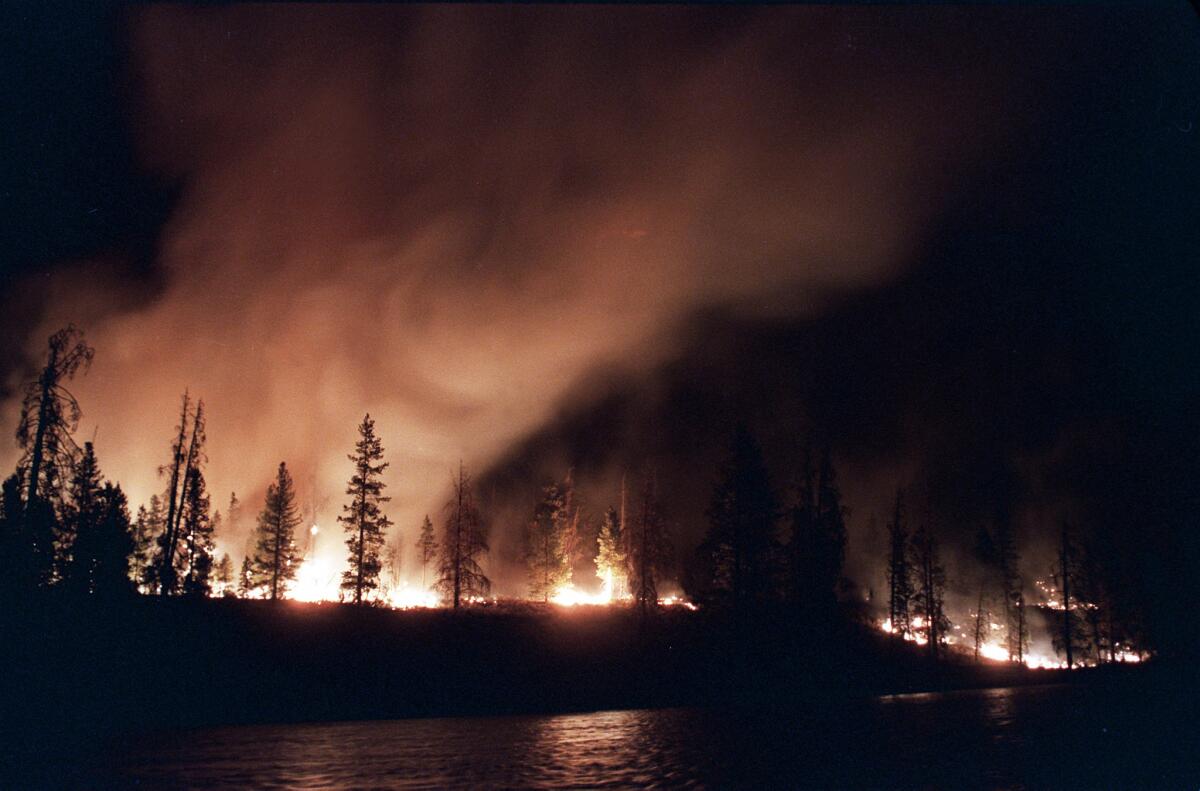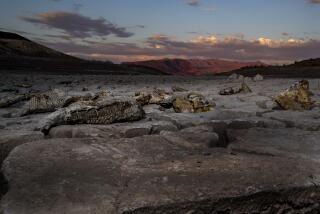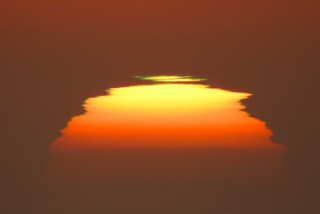Human-caused warming doubled how much of the West has burned since 1984

Scientists have long said that climate change has made wildfires worse in the West — but how much worse?
Twice as bad, according to a new study.
Human-caused warming in the West has nearly doubled the area burned by wildfires over the last three decades, researchers reported Monday in the Proceedings of the National Academy of Sciences.
That’s an extra 16,000 square miles, or an area about the size of Massachusetts and Connecticut combined.
The West has seen a dramatic increase in wildfires over the last 30 years. The researchers set out to determine why.
“There have been a lot of inferences to climate change out there … sort of calling these recent fire seasons the ‘new normal,’” said John Abatzoglou, the lead author of the study and a climatologist at the University of Idaho.
“We wanted to actually try to quantify that, given that there’s a lot of other things that could be going on. At the root, what is the influence of the warming we’ve seen and changes in humidity on fire seasons in the West?”
Rising temperatures make the air drier, drawing the moisture out of plants, trees and dead vegetation. That in turn makes them more likely to burn, “particularly during the summer months,” Abatzoglou said.
Using large-scale climate models, annual wildfire data and eight established methods for measuring the aridity of the forests, the researchers concluded that from 1979 to 2015, climate change increased the aridity of wildfire fuel by 55%.
Without that drying, a little more than half as much land would have burned over the last three decades, the researchers found.
Data also showed the role of climate appearing to increase over the years, Abatzoglou said.
Natural variability in climate was also a major factor, on par with human-caused warming, the researchers said. In particular, a long-term cycle of weather in the Pacific Ocean has prevented storms from reaching the forested West.
The researchers also blamed government fire-suppression practices for essentially storing up fire fuel instead of letting some fires burn naturally.
“The legacy of fire suppression in Western U.S. forests over the last century has, maybe ironically, made our forests more sensitive to climate variability and change,” Abatzoglou said.
The scientists said the study may have underestimated the contribution of climate change to fire damage because it did not factor in other effects of warming.
Warm-weather beetles have killed millions of trees across the West, making them more vulnerable to fire. And declining snowfall — and snow melt — means that the ground is drier during the spring and therefore more susceptible.
If climate change is not slowed, and if current suppression practices are not changed, fires will get bigger in coming decades, Abatzoglou said.
Eventually, though, they may get smaller. “They may run out of real estate to burn,” he said.
ALSO
Ballot measure could upset L.A.’s plan for housing the homeless
Southland’s major water agency is rebuilding depleted regional storage
How ‘Goldilocks fires’ can give rise to vibrant bird communities years after a forest blaze
More to Read
Sign up for Essential California
The most important California stories and recommendations in your inbox every morning.
You may occasionally receive promotional content from the Los Angeles Times.











